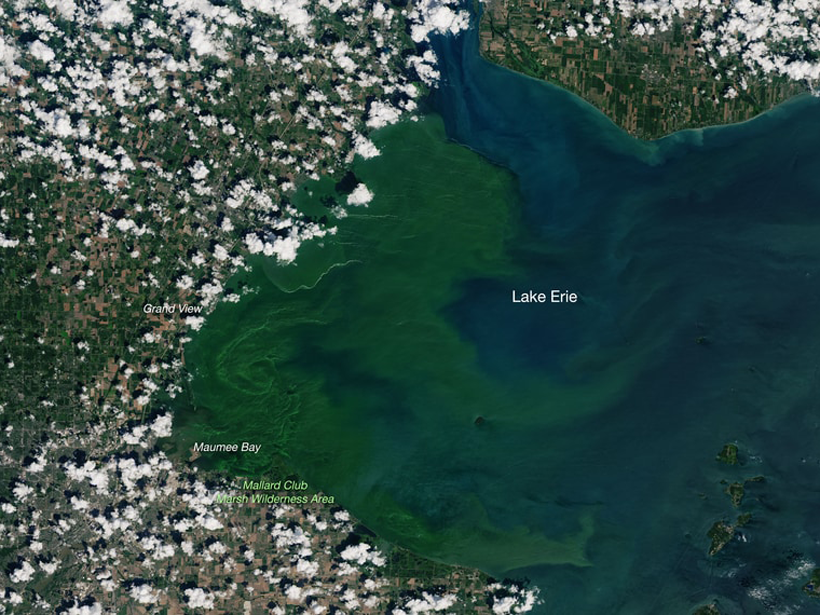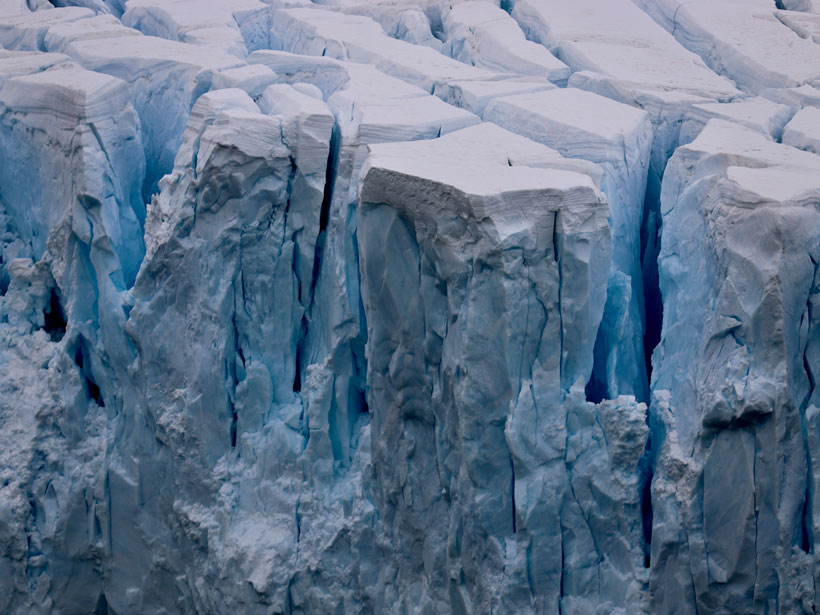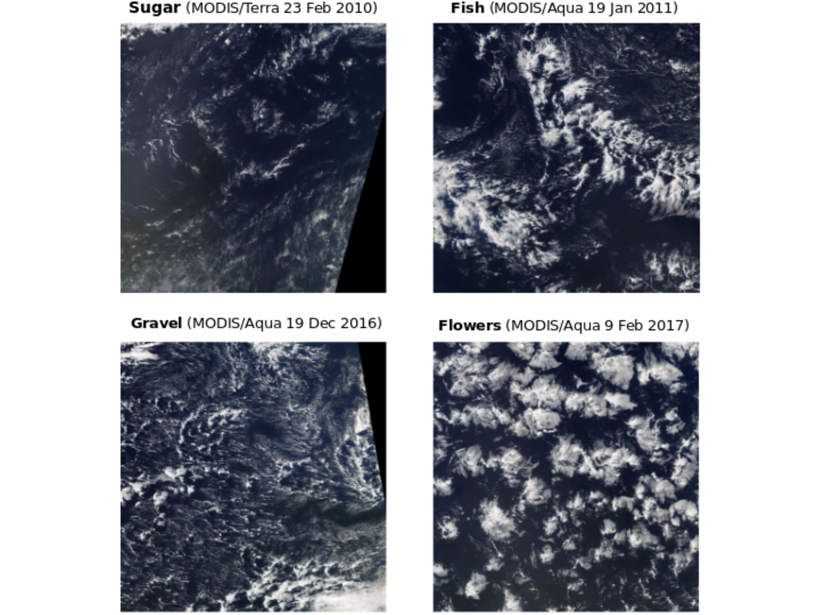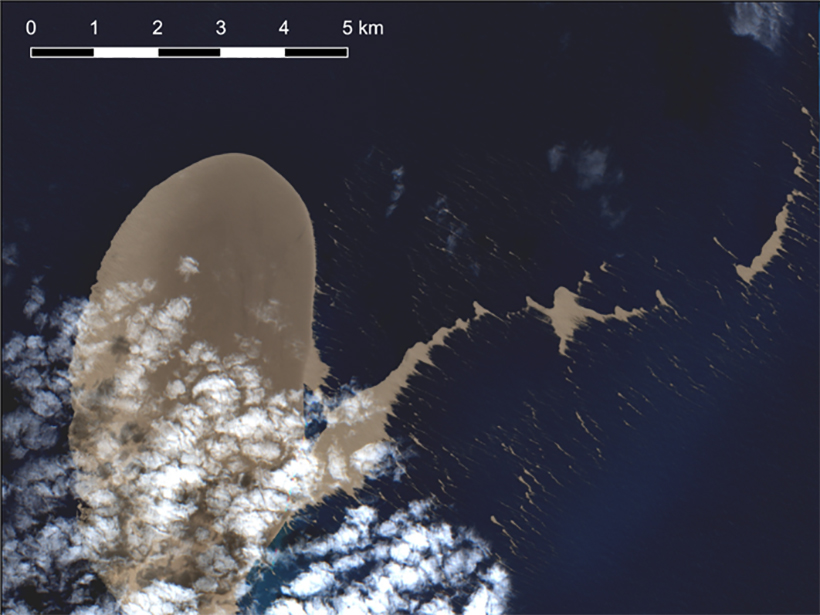A new data set combining sample data and remote sensing could give scientists the power to make accurate predictions at a global scale.
remote sensing
Shrinking Ice Sheets Lifted Global Sea Level 14 Millimeters
Researchers measure both grounded and floating ice sheets using satellite data spanning a 16-year period.
How Routine Monitors Weather the Pandemic Storm
Much of routine monitoring can be done remotely these days, but networks aren’t completely immune to COVID-19’s society-halting symptoms.
A New View of Old Clouds
Satellite images of marine shallow clouds are objectively classified into four distinct types, illuminating new ways to tackle a long-standing problem in climate predictions.
Urban Heat Islands Are Warming the Arctic
Even in the remote high latitudes, a new satellite study sees rising temperatures and spreading green belts around cities, with big impacts on soils and ecosystems.
Kustas Receives 2019 Hydrologic Sciences Award
William P. Kustas received the 2019 Hydrologic Sciences Award at AGU’s Fall Meeting 2019, held 9–13 December in San Francisco, Calif. The award is for “outstanding contributions to the science of hydrology.”
Satellite Sleuthing Detects Underwater Eruptions
Satellite data helped scientists locate the volcanic source of a pumice raft floating in the South Pacific Ocean, illustrating their promise in locating and monitoring undersea eruptions.
Snowpack Data Sets Put to the Test
A new study compares the accuracy of three observation-based methods of calculating snow water equivalent, a key component in water management.
Toward Forecasting Crop Productivity and Carbon Flux Anomalies
Quantifying reductions in U.S. Midwest crop productivity and carbon uptake due to 2019 flooding using combined satellite observations of solar-induced chlorophyll fluorescence and atmospheric CO2.
Leveraging Satellite Sensors for Oil Spill Detection
By using multiple remote sensors, scientists can quickly estimate the nature and thickness of oil spills—important factors for containment efforts.









